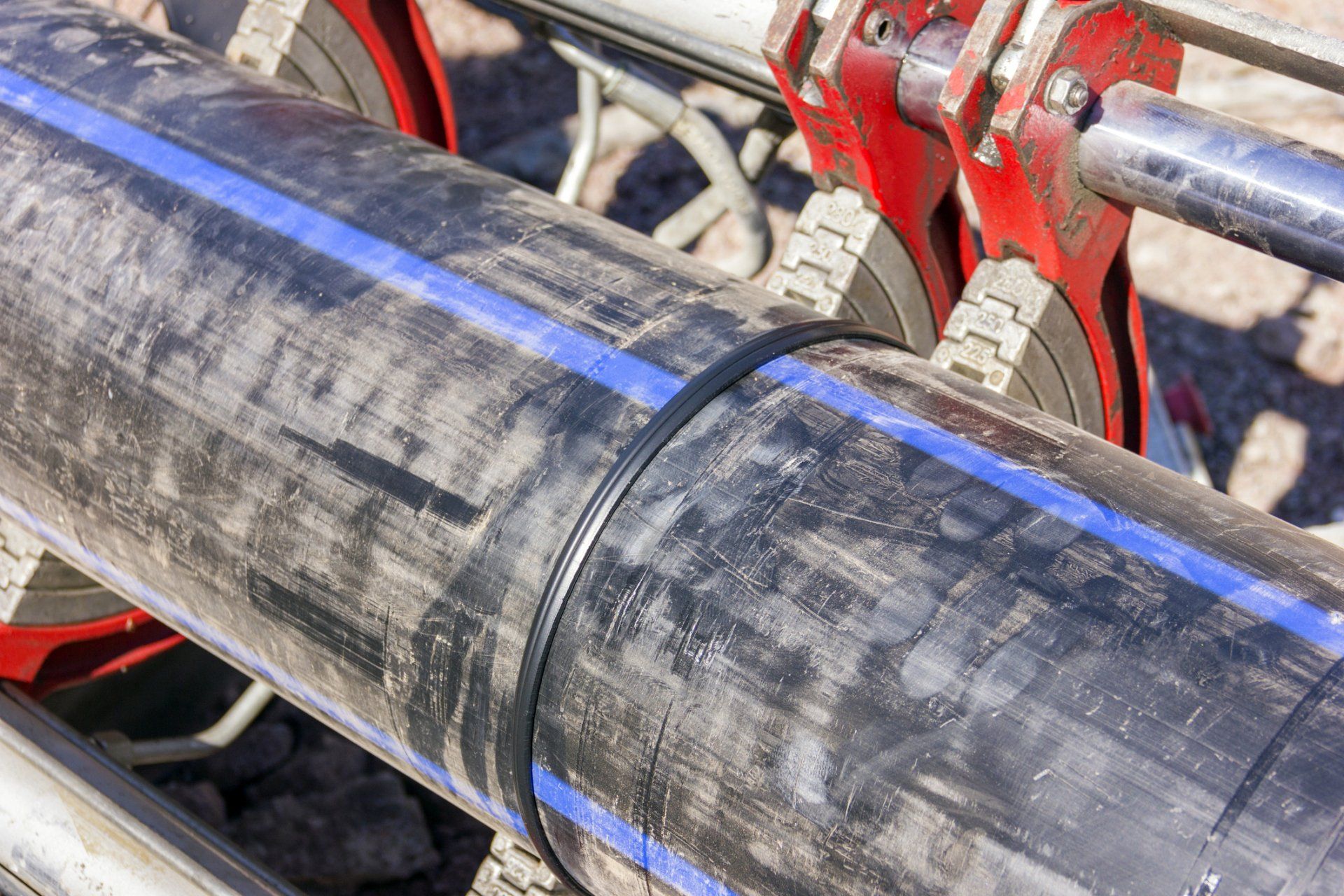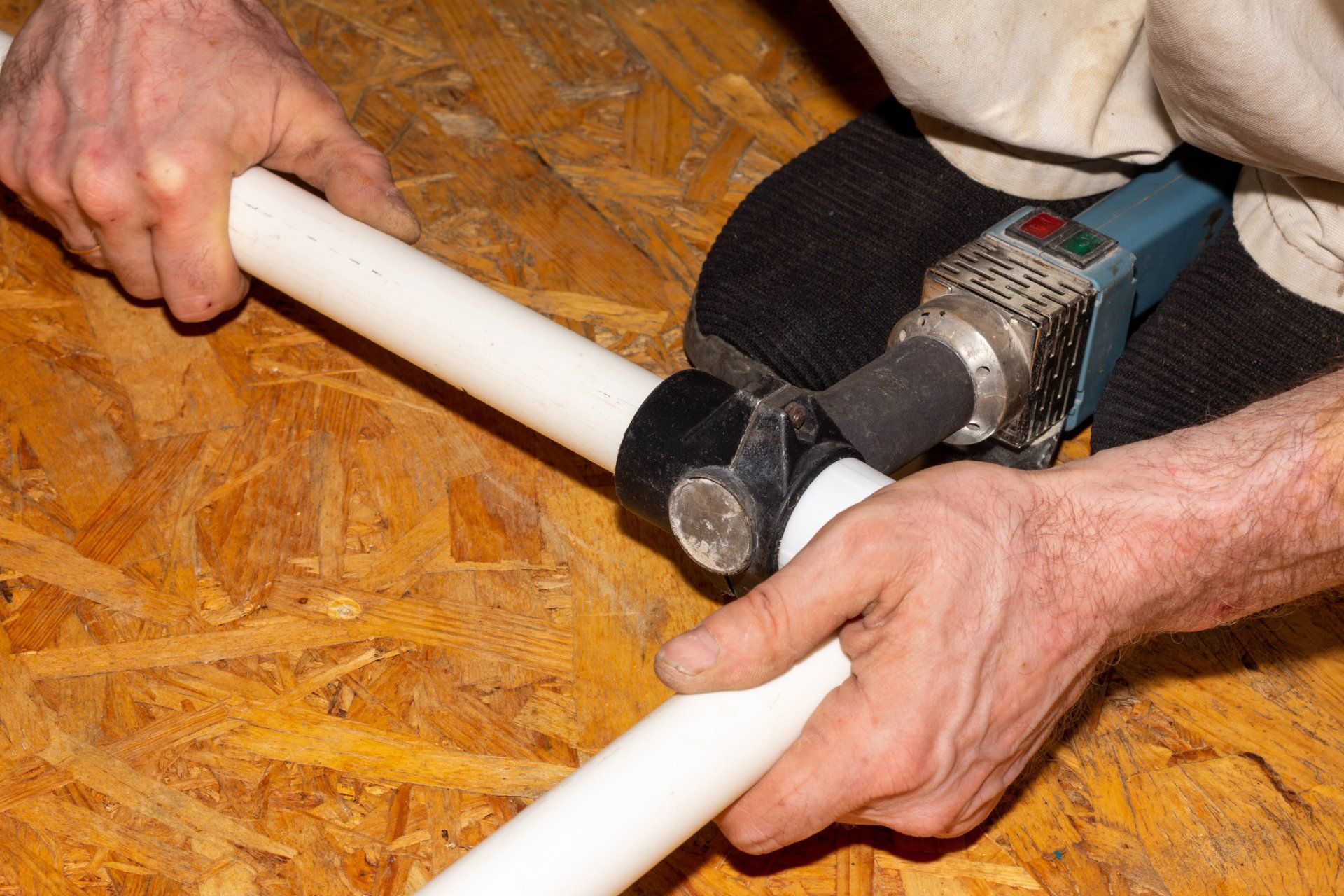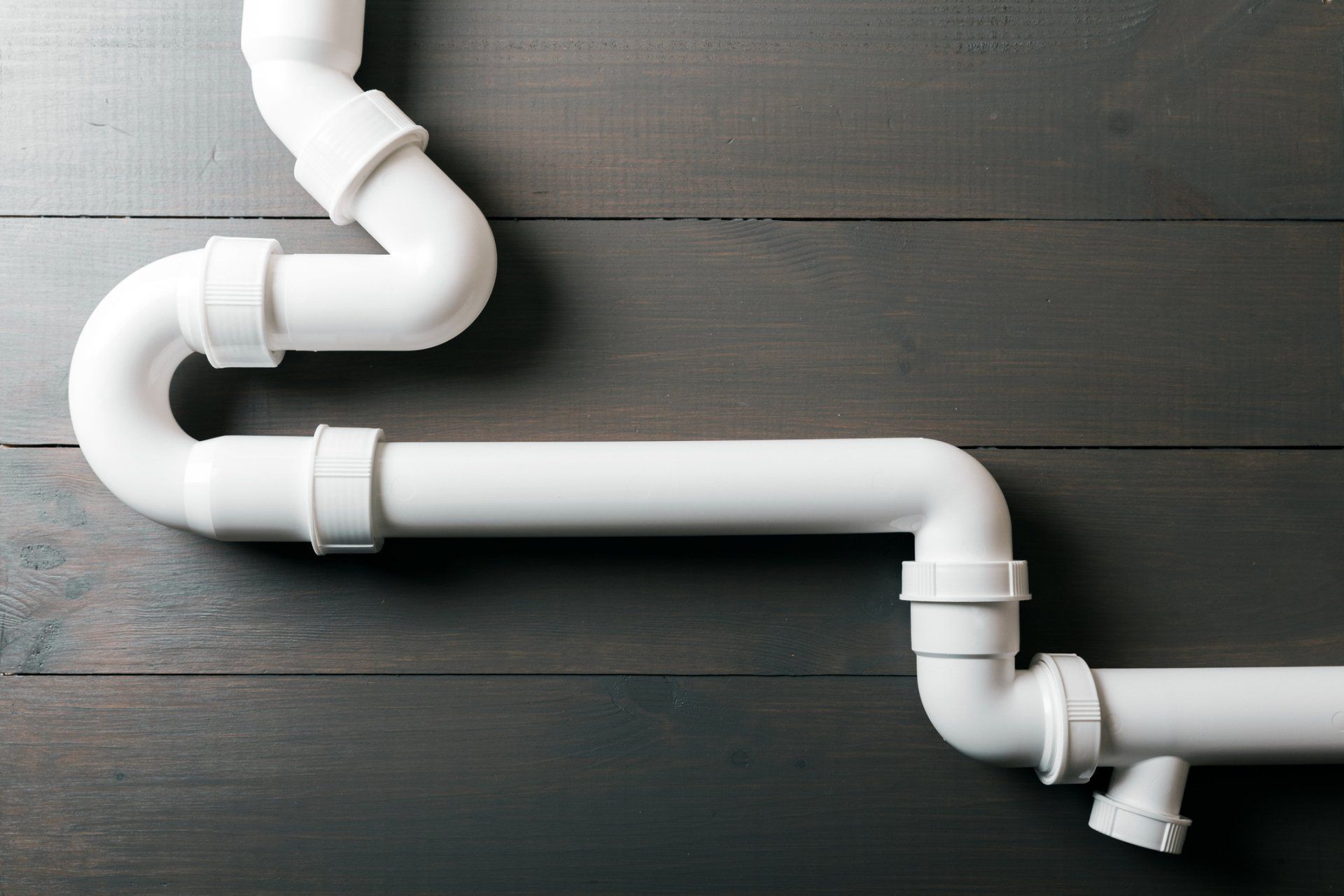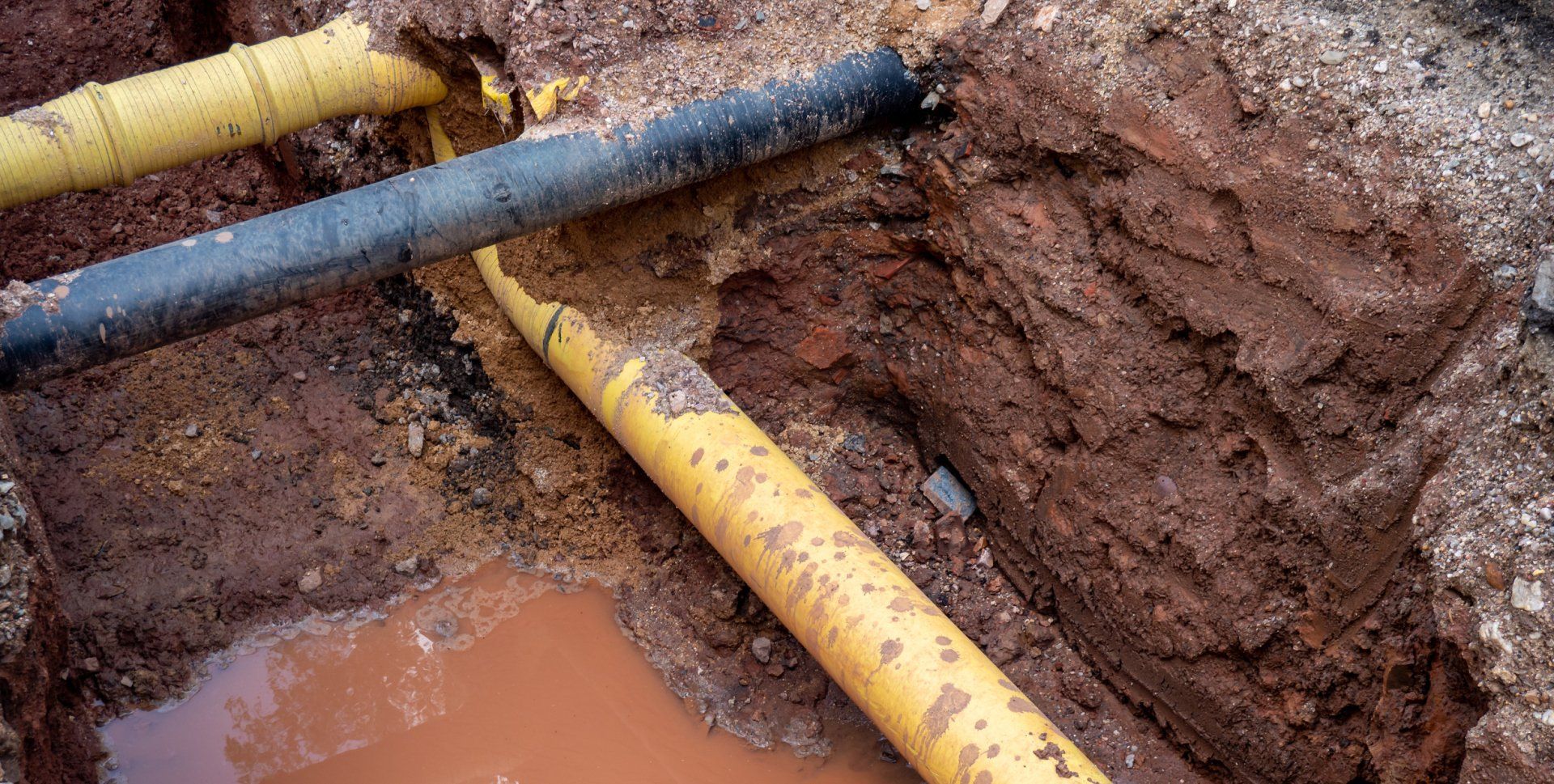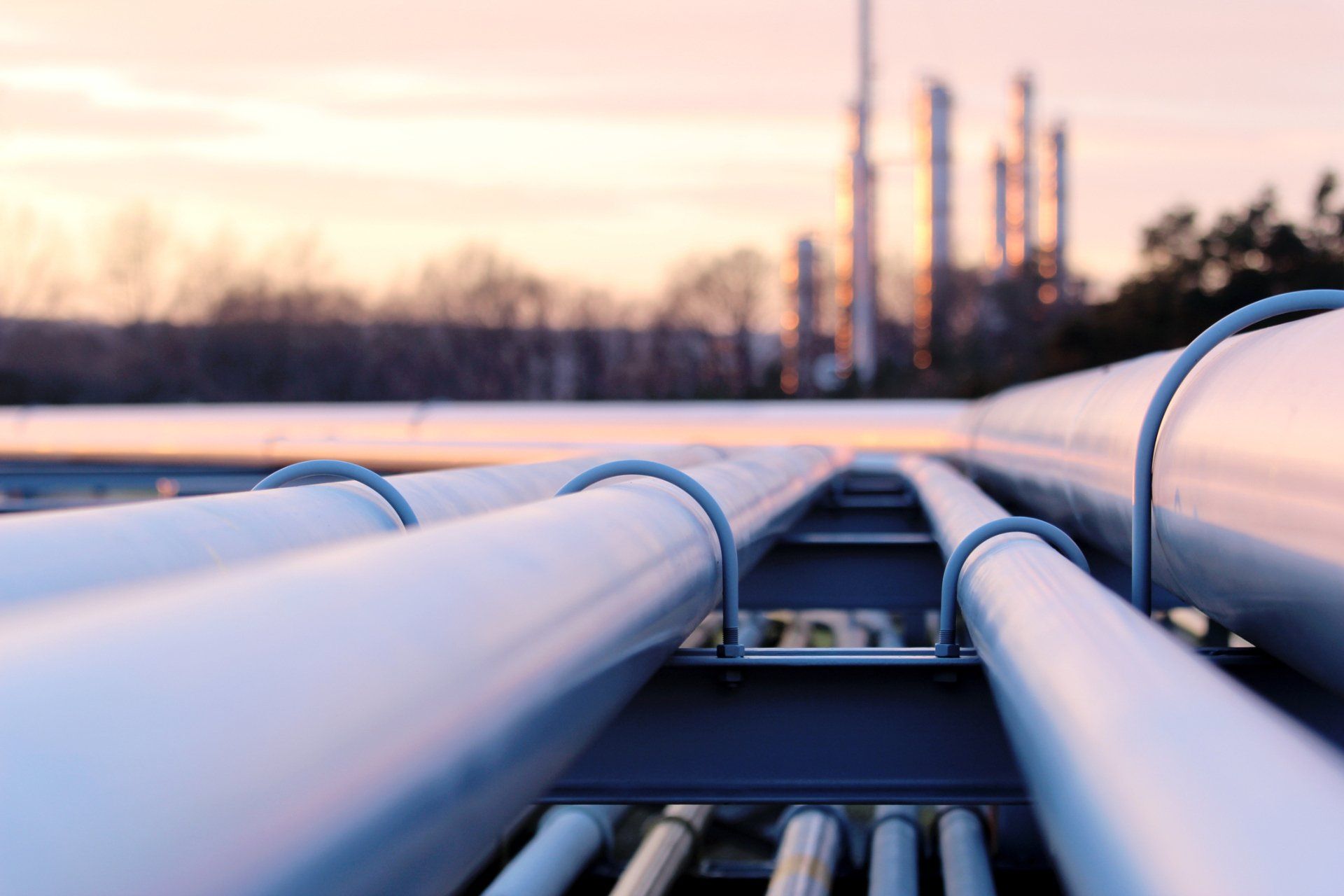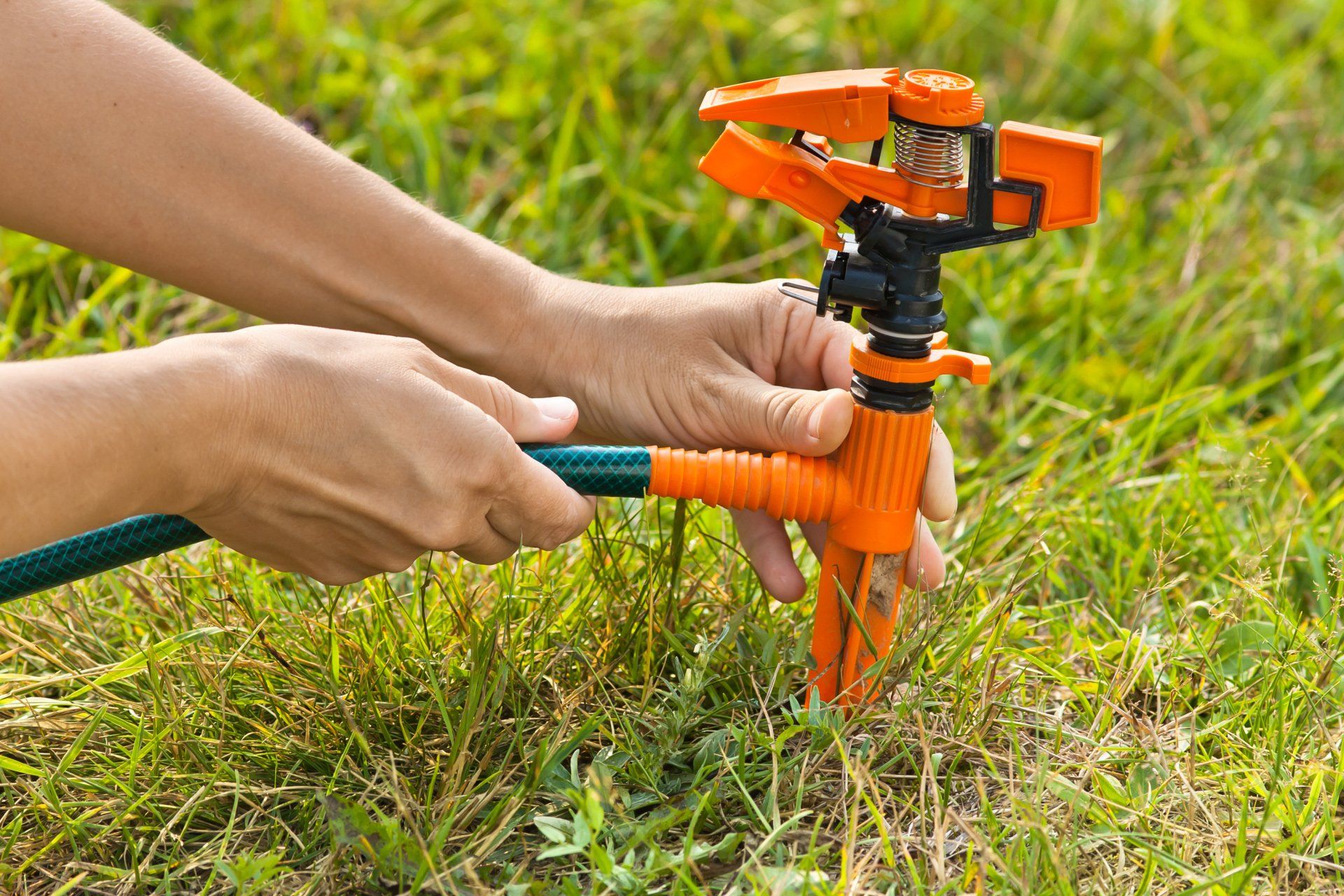Local Directional Boring Company
Absolute Quality Lawn Sprinklers goes beyond irrigation installation. Our certified team has decades of experience providing drilling solutions for commercial, municipal, and industrial properties throughout the Downriver Region of Michigan. Directional boring, also known as horizontal directional drilling (HDD), is used to quickly and accurately install underground pipes, steel casings, and cables. Since directional boring does not require traditional trenching and excavation methods, you lower project costs, shorten timelines, minimize civil disturbances, and reduce the amount of soil and existing system disturbances. Call our Brownstown, MI based team at 734-941-7474 to discover how directional boring can save you time and money.
Local Directional Boring Company
Absolute Quality Lawn Sprinklers goes beyond irrigation installation. Our certified team has decades of experience providing drilling solutions for commercial, municipal, and industrial properties throughout the Downriver Region of Michigan. Directional boring, also known as horizontal directional drilling (HDD), is used to quickly and accurately install underground pipes, steel casings, and cables. Since directional boring does not require traditional trenching and excavation methods, you lower project costs, shorten timelines, minimize civil disturbances, and reduce the amount of soil and existing system disturbances. Call our Brownstown, MI based team at 734-941-7474 to discover how directional boring can save you time and money.
Local Directional Boring Company
Absolute Quality Lawn Sprinklers goes beyond irrigation installation. Our certified team has decades of experience providing drilling solutions for commercial, municipal, and industrial properties throughout the Downriver Region of Michigan. Directional boring, also known as horizontal directional drilling (HDD), is used to quickly and accurately install underground pipes, steel casings, and cables. Since directional boring does not require traditional trenching and excavation methods, you lower project costs, shorten timelines, minimize civil disturbances, and reduce the amount of soil and existing system disturbances. Call our Downriver based team at 734-941-7474 to discover how directional boring can save you time and money.
What Materials Can You Install with Horizontal Directional Drilling?
Directional boring can be used to install a variety of materials. Some of the materials include but are not limited to:
High Density Polyethylene Piping(HDPE)
High Density Polyethylene Piping(HDPE)
Birthday Sparks
Underground Inner Duct
Fashion Magazine
Polypropylene Piping
Blurred Lines
PVC Piping
What Materials Can You Install with Horizontal Directional Drilling?
Directional boring can be used to install a variety of materials. Some of the materials include but are not limited to:
High Density Polyethylene Piping(HDPE)
High Density Polyethylene Piping(HDPE)
Birthday Sparks
Underground Inner Duct
Fashion Magazine
Blurred Lines
PVC Piping
What Materials Can You Install with Horizontal Directional Drilling?
Directional boring can be used to install a variety of materials. Some of the materials include but are not limited to:
High Density Polyethylene Piping(HDPE)
High Density Polyethylene Piping(HDPE)
Birthday Sparks
Underground Inner Duct
Fashion Magazine
Polypropylene Piping
Blurred Lines
PVC Piping
Detailed Planning for A Smooth Installation Phase
Every well executed project begins with a comprehensive and detailed plan. During the process, our rig remains above ground on a support. This size and type of support is determined by soil conditions, bore length, size of material being installed, and pullback weight. Our team will examine the project area and discuss the product needs, as we plan for installation. Planning the bore path allows our team to ensure that we avoid damage to any existing utilities. We begin by digging the entrance pit and exit or receiving pit. These pits collect mud and fluids. Then, we drill the pilot hole, which breaks ground and determines if it is a stable drilling environment. Once, confirmed we are ready to move forward with the material installation.
Detailed Planning for A Smooth Installation Phase
Every well executed project begins with a comprehensive and detailed plan. During the process, our rig remains above ground on a support. This size and type of support is determined by soil conditions, bore length, size of material being installed, and pullback weight. Our team will examine the project area and discuss the product needs, as we plan for installation. Planning the bore path allows our team to ensure that we avoid damage to any existing utilities. We begin by digging the entrance pit and exit or receiving pit. These pits collect mud and fluids. Then, we drill the pilot hole, which breaks ground and determines if it is a stable drilling environment. Once, confirmed we are ready to move forward with the material installation.
Detailed Planning for A Smooth Installation Phase
Every well executed project begins with a comprehensive and detailed plan. During the process, our rig remains above ground on a support. This size and type of support is determined by soil conditions, bore length, size of material being installed, and pullback weight. Our team will examine the project area and discuss the product needs, as we plan for installation. Planning the bore path allows our team to ensure that we avoid damage to any existing utilities. We begin by digging the entrance pit and exit or receiving pit. These pits collect mud and fluids. Then, we drill the pilot hole, which breaks ground and determines if it is a stable drilling environment. Once, confirmed we are ready to move forward with the material installation.


